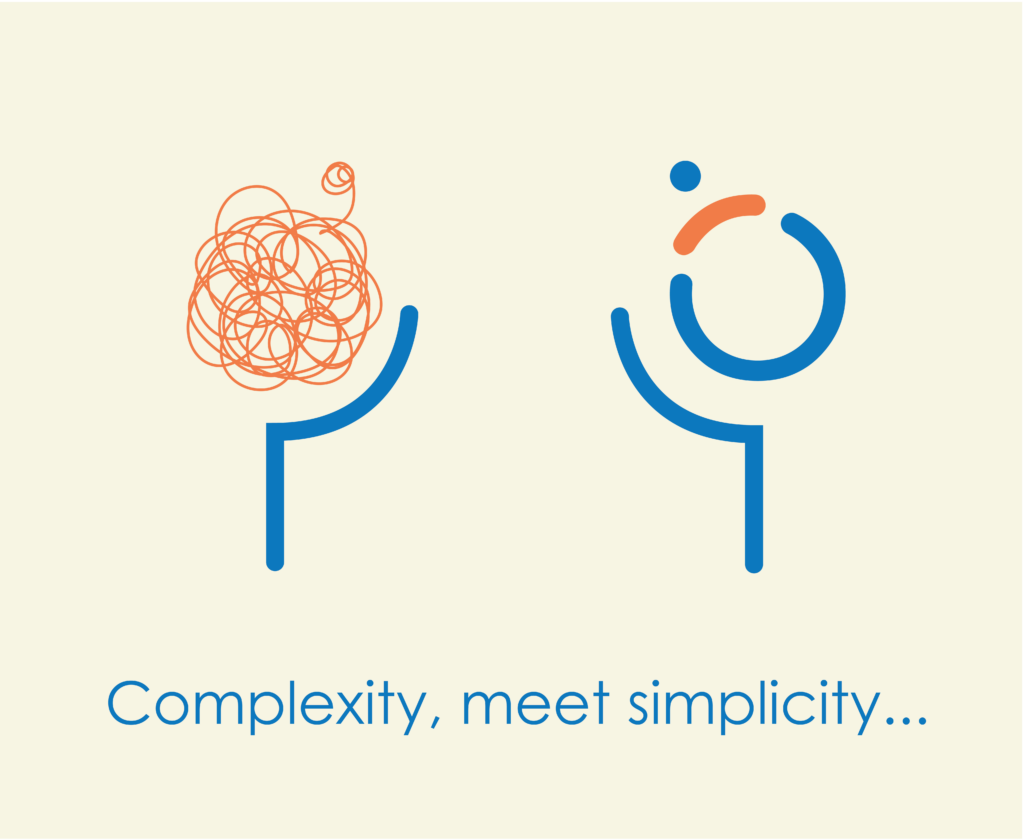Mime artists are a gentle reminder to us all that actions often speak louder than words. A mime artist doesn’t use words to convey ideas, intent, or to make us laugh. We often use words rather than actions to get across our points but fail to understand that without actions to back them up, words are fairly empty.
You may not be aware of it, but there’s a little bit of mime in all of us. Our behaviors, especially the non-verbal ones are more likely to give cues that reveal our true feelings or intent than the verbal signals we try to send. Shaking your head indicating ‘no’ whilst verbally saying ‘yes’ is a typical example. A roll of the eyes, a facial expression that isn’t consistent with the conversation, or a distraction are examples of how our behaviors can either reinforce or undermine our words and language.
Roger Martin, Professor Emeritus at the Rotman School of Management at University of Toronto, recently talked about the idea that strategy is what you DO, not what you SAY. You can read the article here Strategy is what you do.
Although not a new concept for Roger, he first talked about the idea in his Harvard Business Review Article in June 2014, it is a good reminder that your words and actions need to be congruent. When you have created a plan to achieve a business outcome (i.e. a strategy, program, etc.) your actions need to reflect the plan. Indeed, as Roger argues, the the actions of the organization need to reflect the strategy. Or as Roger put’s it – “A company’s strategy is what the company’s people are actually doing, not the slogan their bosses intone.”
When you are communicating genuinely your actions will support your words. Not just as you are speaking but also in each follow up interaction.
Too many of us compromise what we really believe in for the pursuit of an outcome we think is expected of us. When your actions are inconsistent with your words people see the incongruence and react accordingly. When your strategy is not what you do it’s hard for others to be energized about your brand; whether that’s customers, employees, or shareholders.
Learning to align your words and actions isn’t easy. It involves first, understanding your own values and beliefs. Second being aware of your actions (personal style and body language for example) and having the self-awareness to ensure your actions match your beliefs. Finally, you need to find an environment where you can be yourself and earn a living. Think of this process as iterative and fluid. It is something you have to work on consistently over a long period of time. Like I said, it isn’t easy, but once you do, you will undoubtably find your purpose.





